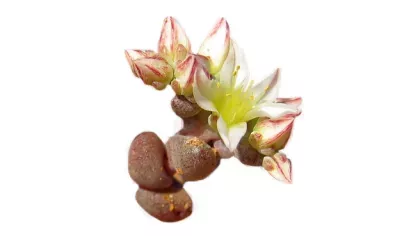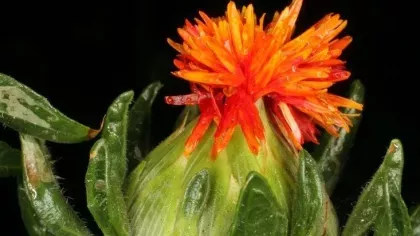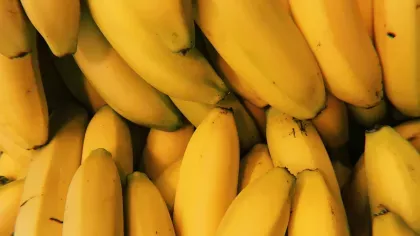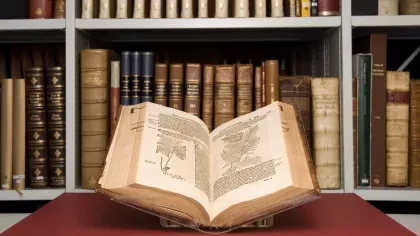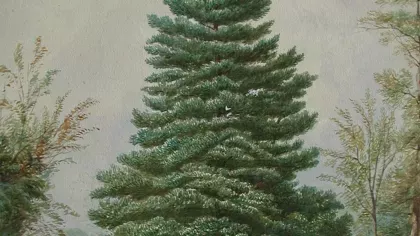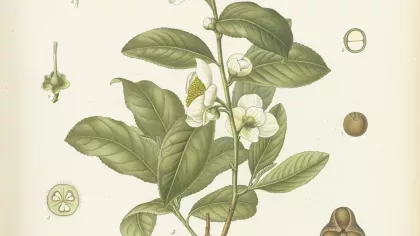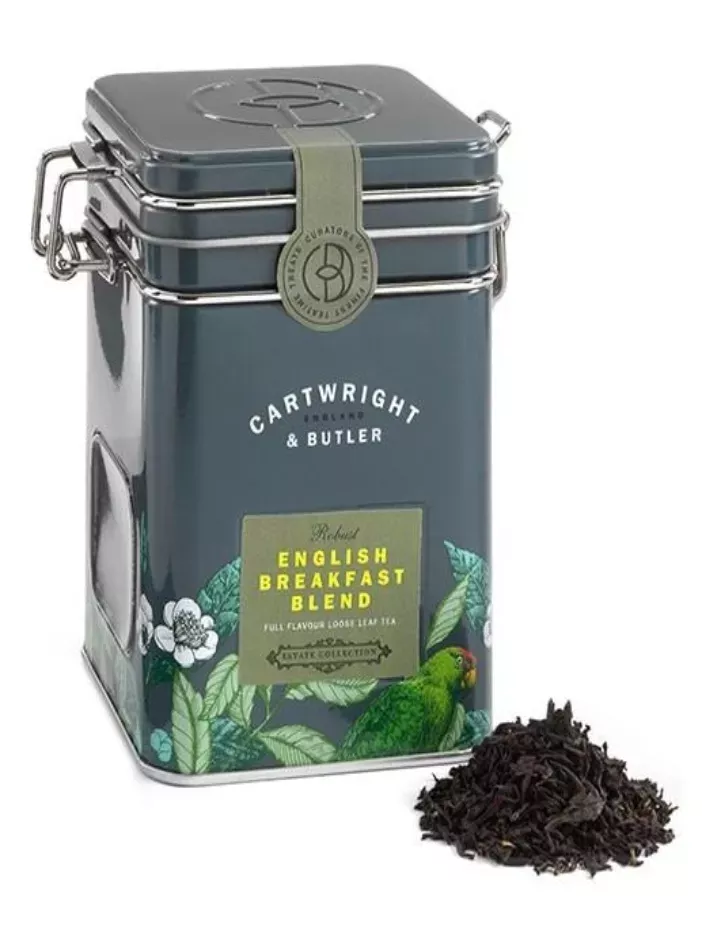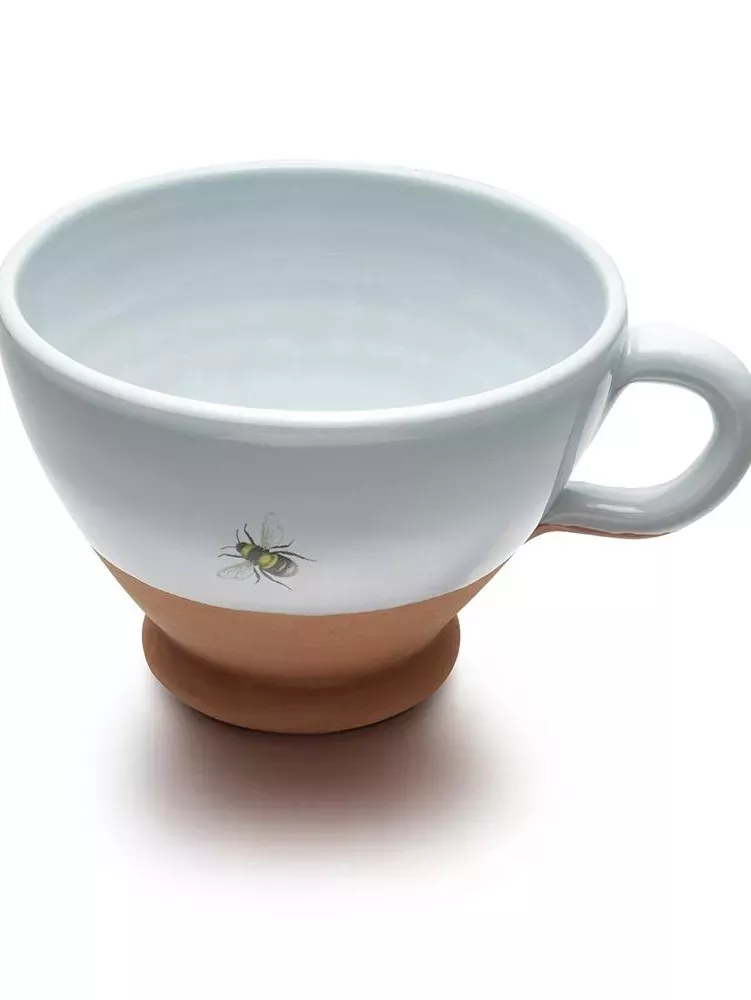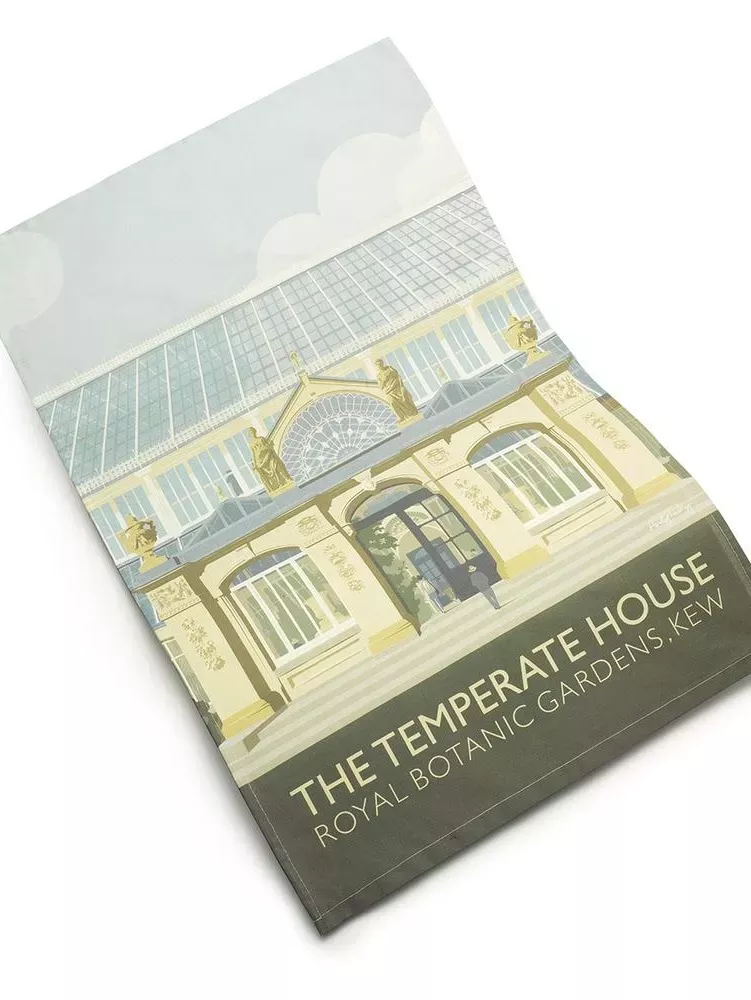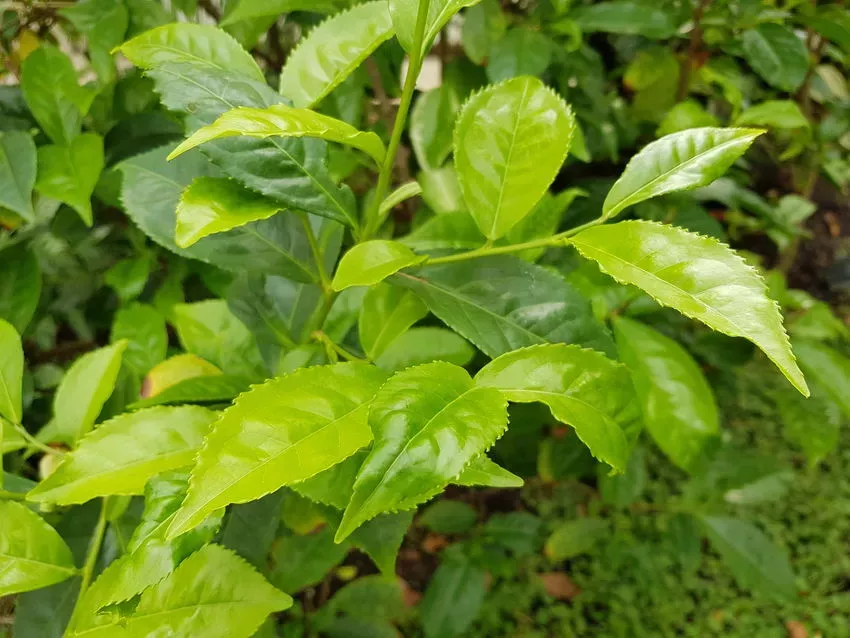
Tea plant
On this page
Tea is the most popular beverage in the world aside from water.
It is made from the hand-picked leaves of the tea plant.
Over three million tonnes of tea are grown annually to fuel our favourite brew.
We drink 62 billion cups of tea a year in Britain.
Plant description
Tea plant is an evergreen shrub with bright green, shiny leaves that are often hairy on their underside. The tea plants’ white, scented flowers occur either on their own or in clusters of two to four. The fruits of the tea plant are brownish-green and contain one to four spherical or flattened seeds.
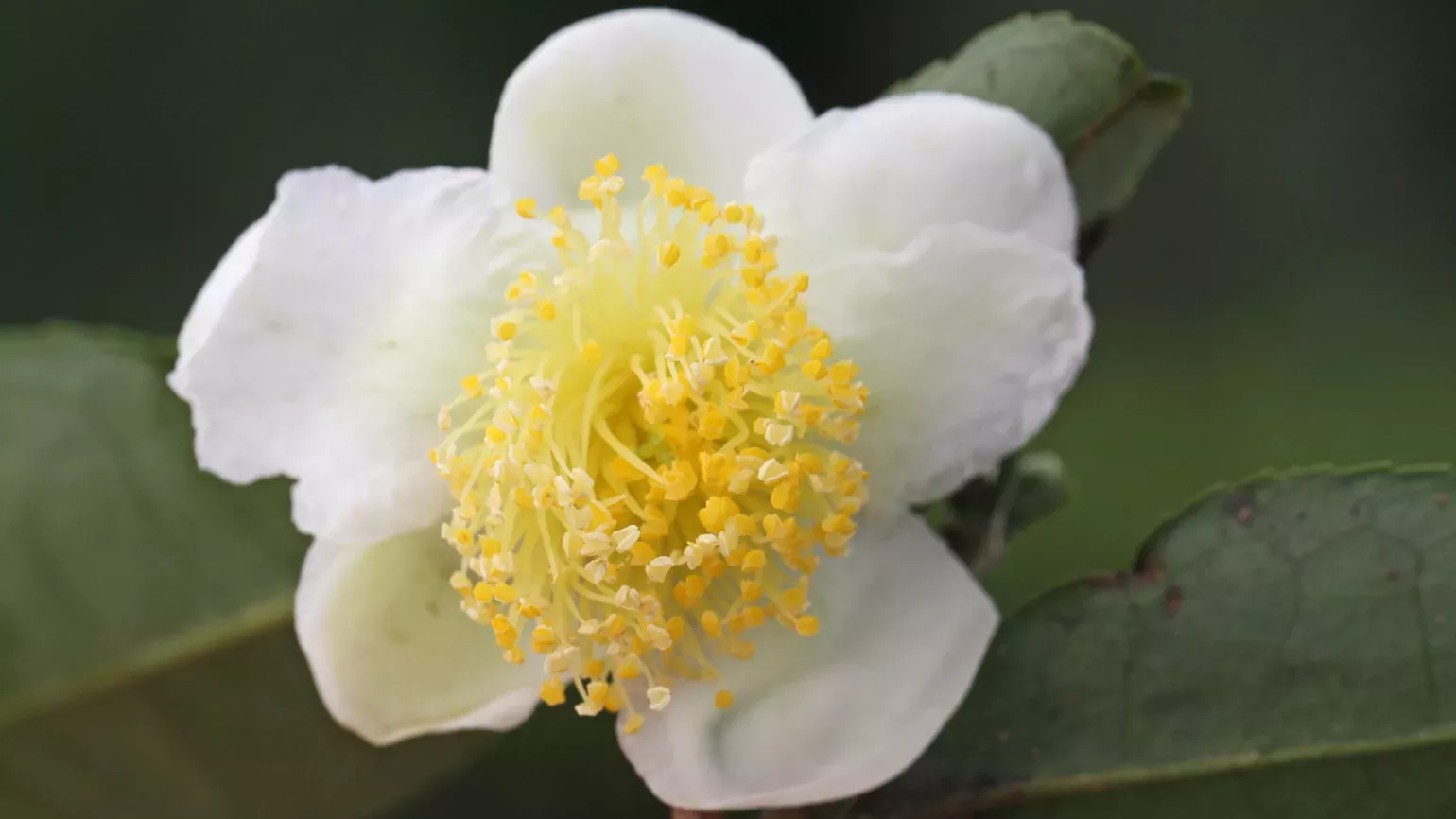
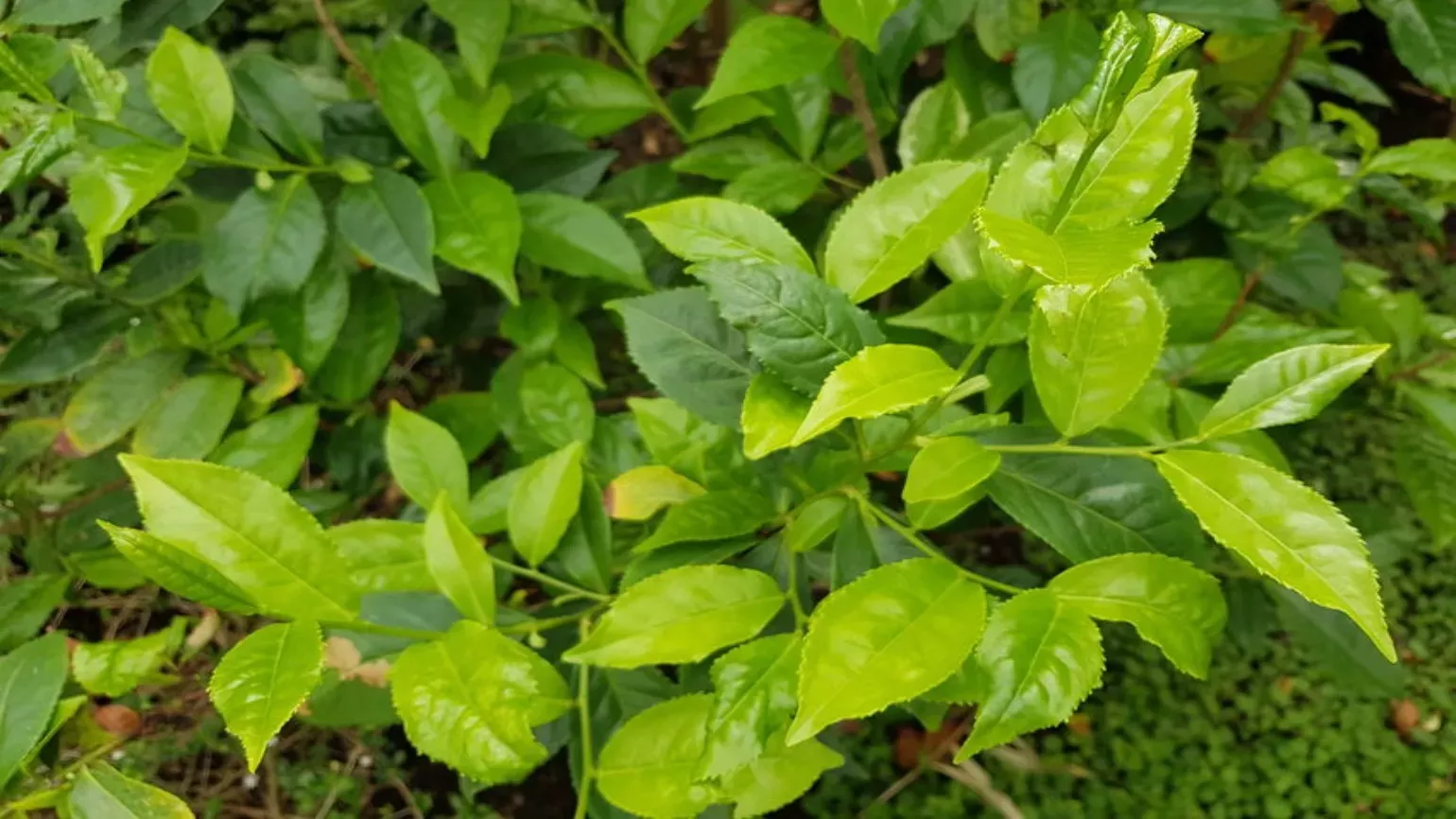
Plant uses
Beauty and cosmetics
Tea is used in some cosmetic products as it helps to cleanse and tighten skin, and condition and strengthen hair.
Cultural
There are several social rituals across the world associated with drinking tea. These include British teatime, Indian chai breaks, and tea ceremonies in Japan.
Food and drink
The highly popular beverage, tea, is made from the leaves of the tea plant.
Tea oil from the pressed seeds of the tea plant is used as a sweet seasoning and cooking oil.
Health
Tea has been used in traditional Chinese medicine for over 4,000 years.
It has mostly been used as a stimulant, to treat digestive problems, and to reduce sweating in fevers.
Tea also contains compounds that are reported to have antimicrobial properties and help reduce inflammation.
Green tea is rich in antioxidants which help protect skin from sun damage.
Did you know?
The global tea market is worth about £40 billion.
China is the largest producer of tea. In 2018 it produced 2.5 million metric tons, 42.6% of the world’s tea.
The tea plant is used to make many different types of tea, including black tea, white tea, oolong tea and green tea, which are all processed differently. Black tea, for example, is fermented.
In China, there are 112 cultivated varieties of tea plant that have been officially approved.
C. sinensis var. sinensis and C. sinensis var. assamica are two major varieties of tea grown today. The former is used to make green tea and China black tea, whilst the latter is used to make Assam (Indian) black tea.
Where in the world?
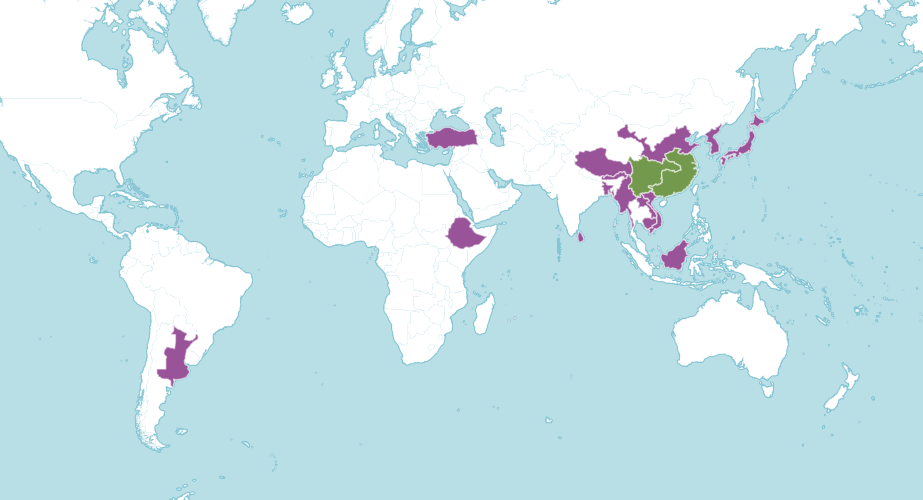
Evergreen forests in acid soil. Grows best beneath the canopy of taller trees.
Find it in our gardens
Kew Gardens
A botanic garden in southwest London with the world’s most diverse living plant collection.
Location
Temperate house and the Woodland Glade near the Treetop Walkway.
View map of Kew GardensBest time to see
Our work
There are many different cultivated varieties (cultivars) of tea that each have distinct flavours.
The flavour of tea is influenced by its chemical make-up.
Scientists at Kew studied the chemicals in 21 tea plant cultivars harvested at different times of year.
They found that there is variation in the chemicals among different cultivars, meaning they could easily tell them apart using their chemical profiles.
They also showed that harvesting time influences these chemical profiles.
This research may help select different tea plant cultivars in future breeding programmes, and inform decisions on when to harvest tea for optimal flavour.
